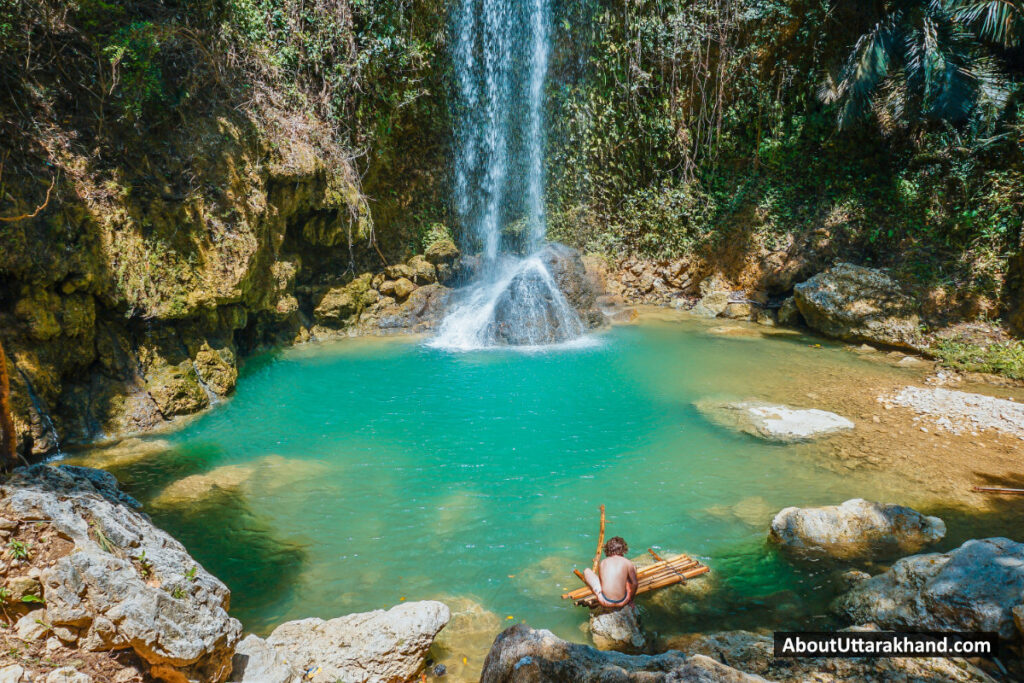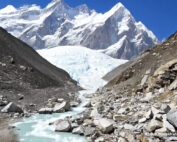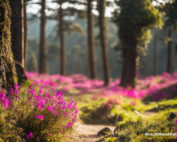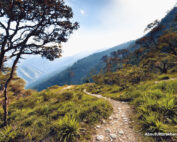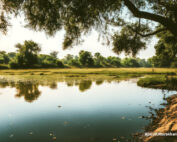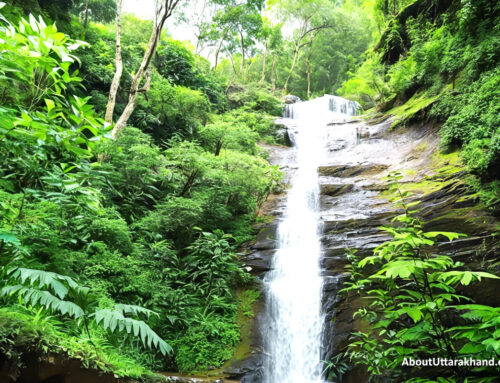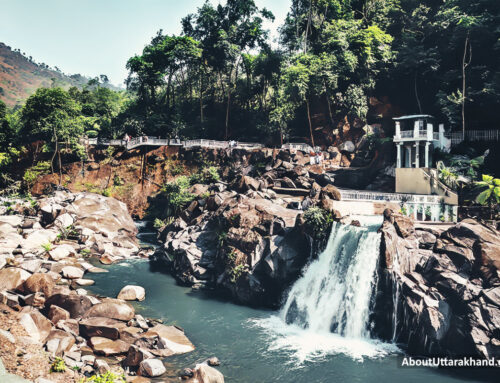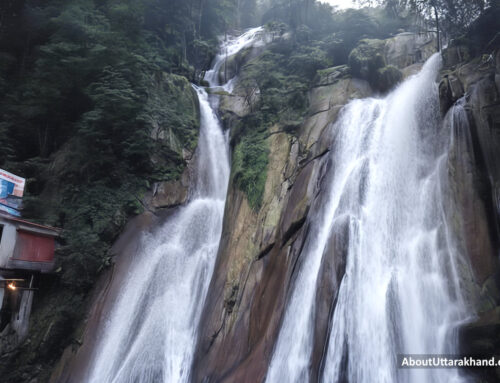Corbett Waterfall
The beautiful Corbett Waterfall is in Uttarakhand's Nainital District, close to Ramnagar. It shows how beautiful the slopes of the Himalayas are when they are not changed. The beautiful waterfall that bears the name of the famous environmentalist Jim Corbett is a metaphor for how people can live together peacefully with nature. At Corbett Waterfall, streams flow over the rocky ground, offering visitors a peaceful escape in the middle of Uttarakhand's natural beauty. For ecotourists, the area around the refuge is a paradise. For history and conservation buffs, it's an adventure thanks to its wide range of plants and animals and its connection to Jim Corbett's work.
Table of Contents
Corbett WaterfallDetails About Corbett Waterfall
History Of Corbett Waterfall
Best Time To Reach Corbett Waterfall
How To Reach Corbett Waterfall
Places To Visit Near Corbett Waterfall
To Conclude
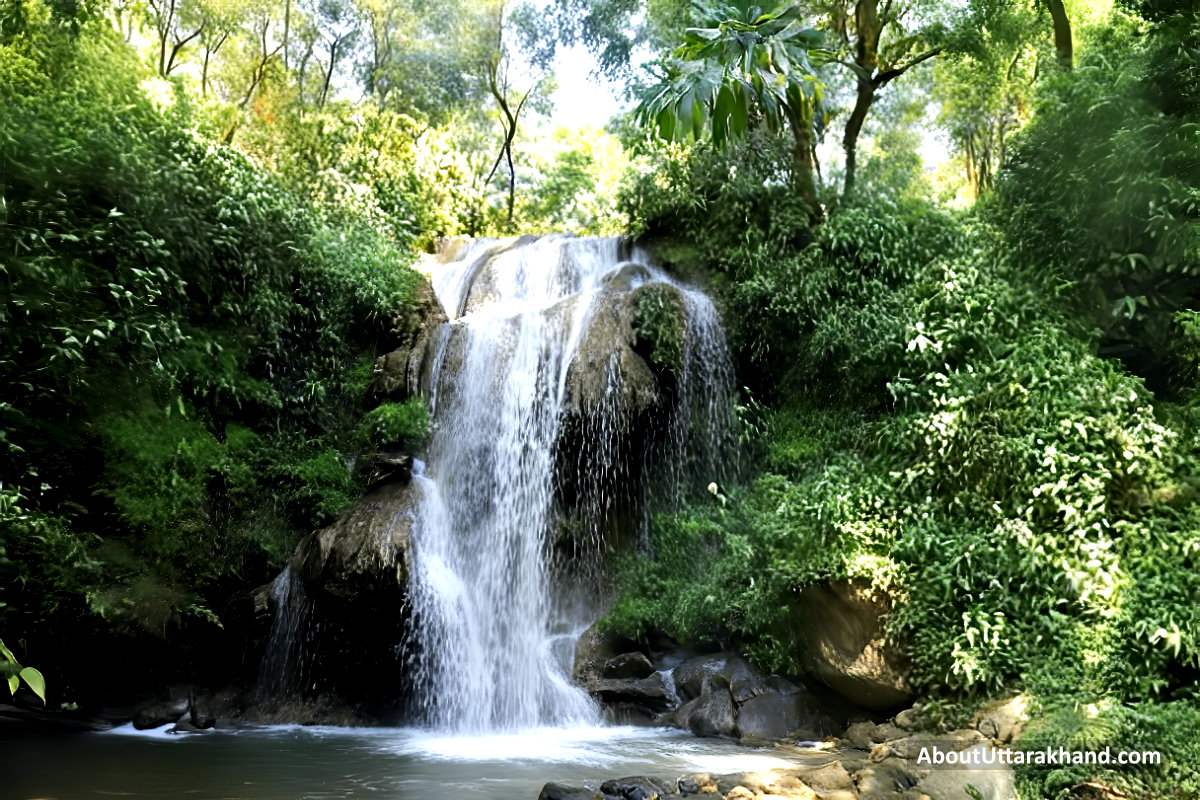
Corbett Waterfall in Uttarakhand, India | Photo: AboutUttarakhand.com
Details About Corbett Waterfall
The Nainital District in Uttarakhand makes it easy to get to the Corbett Waterfall, which is close to the town of Ramnagar. On the way to Ramnagar, which is easy to get to from big cities like Delhi, you can see how beautiful the Kumaon area is. From Ramnagar, it only takes a short drive to get to the waterfall. Because it is close to other places in the area, Corbett Waterfall is a great spot to visit for the day or as part of a longer trip in Jim Corbett National Park.
Beautiful Nature: The Corbett Waterfall is the main attraction. It is a beautiful waterfall surrounded by lush plants and tall trees. The peaceful sound of the water cascading from the Kosi River over the rough terrain adds to the peaceful atmosphere. People are welcome to put their toes in a small pool at the base of the waterfall and relax in the natural environment. The lush greenery around Corbett Waterfall makes it a great spot for picnics and nature walks in the middle of the Himalayas.
When you visit Corbett Waterfall, you can get a sense of the area's rich wildlife and plants. Along the way to the waterfall, there are many plants, such as oak, sal, and pine trees. Birdwatchers enjoy the beauty of the natural surroundings even more when they can see a lot of different bird species. The area around Corbett Waterfall is part of Jim Corbett National Park, which is famous for its work to protect tigers and is home to many other animals and birds.
Corbett Waterfall is historically important because it is close to Ramnagar, marks the start of Jim Corbett National Park, and honours Jim Corbett. The park was made in 1936 to protect the Bengal tiger, which is an endangered species. It was named after the famous shooter and environmentalist Jim Corbett. There is a lot of history connected to Jim Corbett in this area, and the waterfall is a natural tribute to his dedication to protecting wildlife. India's first national park is still a reminder of Corbett's work to protect the varied plants and animals that live in the peaks of the Himalayas.
History Of Corbett Waterfall
The past of Corbett Waterfall and the surrounding area is shaped by Jim Corbett's legacy and the efforts to protect nature that began in the early 1900s. Hunter, ecologist, and author Jim Corbett were of British and Indian descent. He was very important in creating the national park that bears his name. His efforts to track down and hunt man-eating tigers turned into a dedication to protecting these beautiful animals.
Corbett Waterfall is in an area that is greatly affected by Jim Corbett's legacy, even though it has nothing to do with his conservation work. The area around Ramnagar and the national park has gone from being used for shooting to becoming a safe place for animals. When India created the Jim Corbett National Park, it changed the way wildlife was protected in the country.
When people stand next to Corbett Waterfall, they are surrounded not only by the natural beauty of the area, but also by the sounds of a story from the past that shows how important it is to keep the delicate balance between people and animals. The way Jim Corbett thought about conservation is still reflected in the work to protect and preserve the area's natural wonders.
Best Time To Reach Corbett Waterfall
The best time to see Ramnagar's Corbett Waterfall in the Nainital District is from October to March. This is a great time to enjoy the waterfall and the nice weather that comes with it, between fall and winter.
The best time to visit Corbett Waterfall is from October to November, when the weather is nice and the sky is clear. This makes the plants around look better by giving them a nicer range of warm tones. The mild weather makes hiking and touring in the area more fun.
The winter, from December to February, is also a great time to go if you want cooler weather. The waterfall may have a peaceful feel to it right now, when the weather is mild and nice. During the winter, there is a light covering of snow on the ground, which adds to the magical feel.
Visitors can enjoy the natural beauty of Corbett Waterfall during these months, without having to deal with the rain, which usually falls between June and September. When it rains a lot during the monsoons, hiking paths can get muddy and dangerous, which can ruin the experience. In October and later, after the rainy season is over, the weather is nice and the water is safe for swimming. This is the best time to visit the waterfall.
How To Reach Corbett Waterfall
| By Road |
There is a path that goes straight to the Corbett Waterfall in Ramnagar. A lot of big towns, like Delhi, are easy to get to from Ramnagar. It takes about six to seven hours to drive the 260 kilometres from Delhi to the location. There are no bumps or uneven surfaces on the roads. Taxis, buses, and private cars are all possible ways to get to and from the road trip. There are several ways to get from Ramnagar to Corbett Waterfall. |
| By Train |
Ramnagar Railway Station is the closest railway station to the city and is well-connected to major cities. The rail ride from Delhi to Ramnagar takes around 5 to 7 hours. Taxis and auto-rickshaws are widely accessible in Ramnagar for the short ride to Corbett Waterfall. |
| By Air |
Pantnagar Airport is the closest airport to Corbett Waterfall. From the airport, one may take a cab or other modes of transportation to Ramnagar, which takes around 3 to 4 hours. The airport has direct flights to major cities such as Delhi. The flight from Delhi to Pantnagar takes around one hour. The road travel to Ramnagar from Pantnagar gives stunning views of the surrounding terrain. Local transportation may be utilised to go to Corbett Waterfall from Ramnagar. |
Places To Visit Near Corbett Waterfall
To Conclude
As the trip to Corbett Waterfall comes to an end, people leave not only a beautiful place but also an oasis that captures the spirit of the Himalayan foothills and the memory of conservation. With its reminders of Jim Corbett's dedication to nature, the waterfall is a live example of how people's actions can affect the area's many ecosystems in a way that doesn't harm them.
Corbett Waterfall is in the middle of the Nainital District. It's a place where people can find peace in the sound of water falling and learn about the long history of protecting wildlife. When people leave this natural haven, they take with them more than just memories of a beautiful waterfall. They also take with them a sense of how humans and nature are linked. The call of the Corbett Waterfall reminds everyone who goes there that the Himalayas' beauty is not just to be seen, but to be respected and kept safe for future generations.
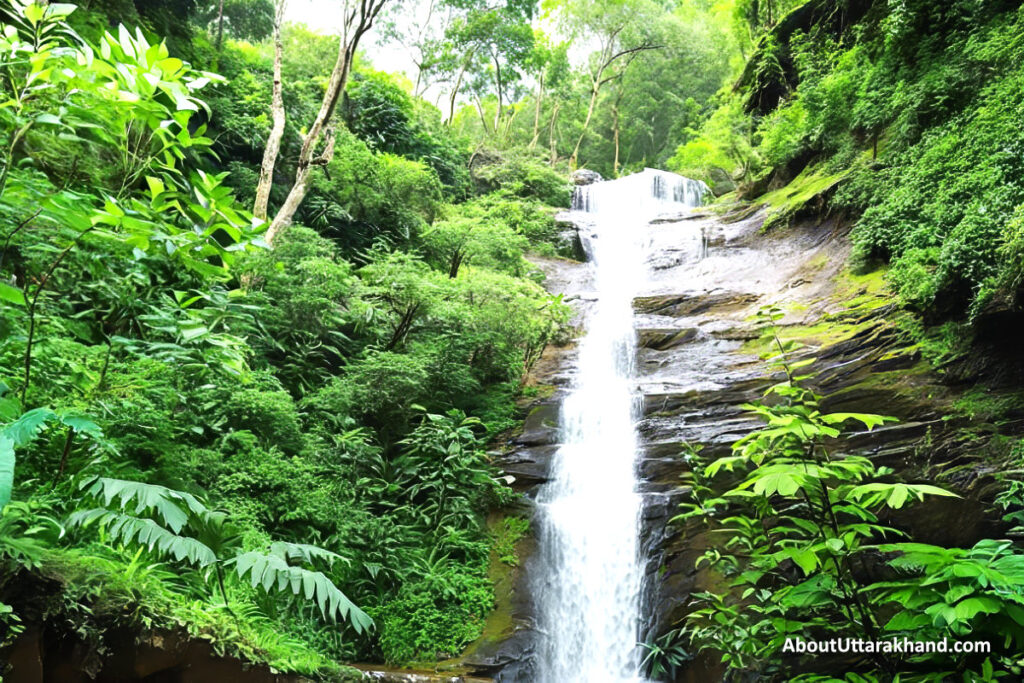

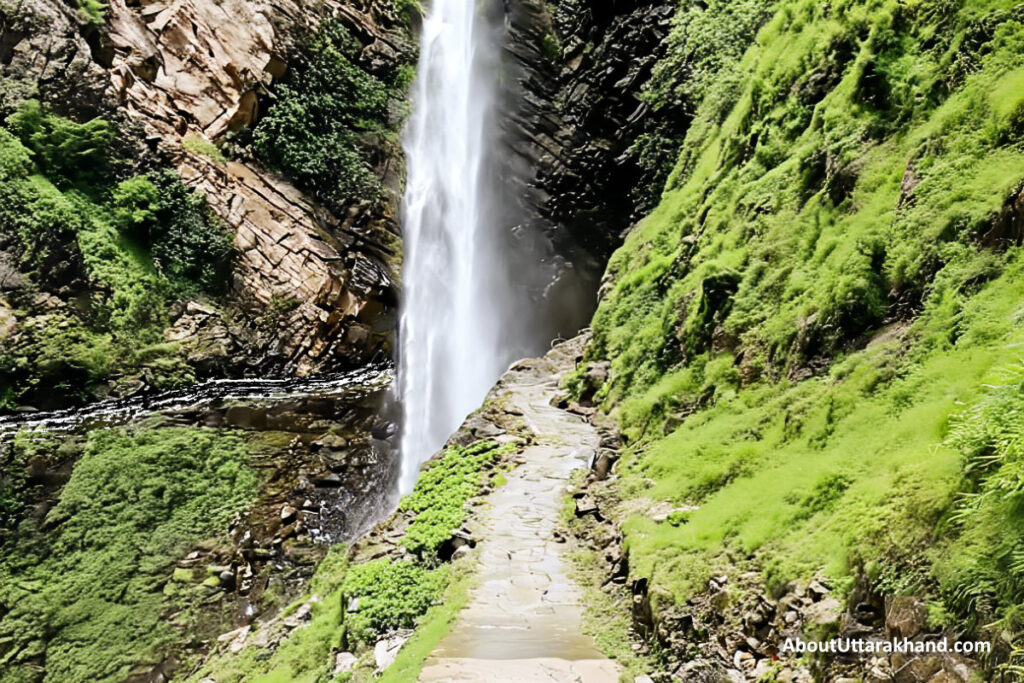

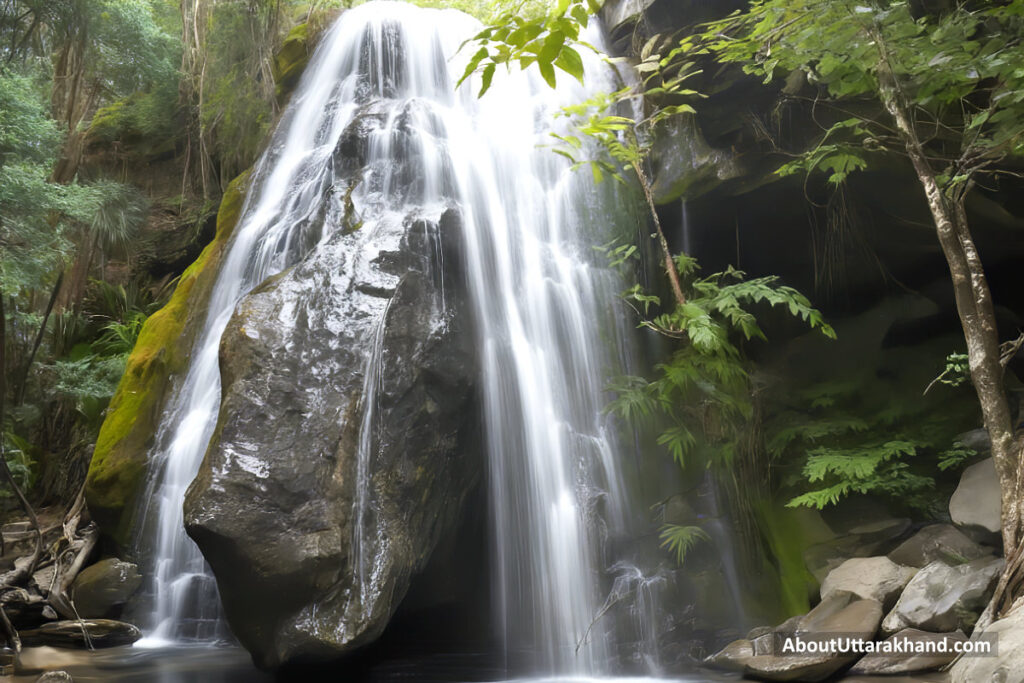


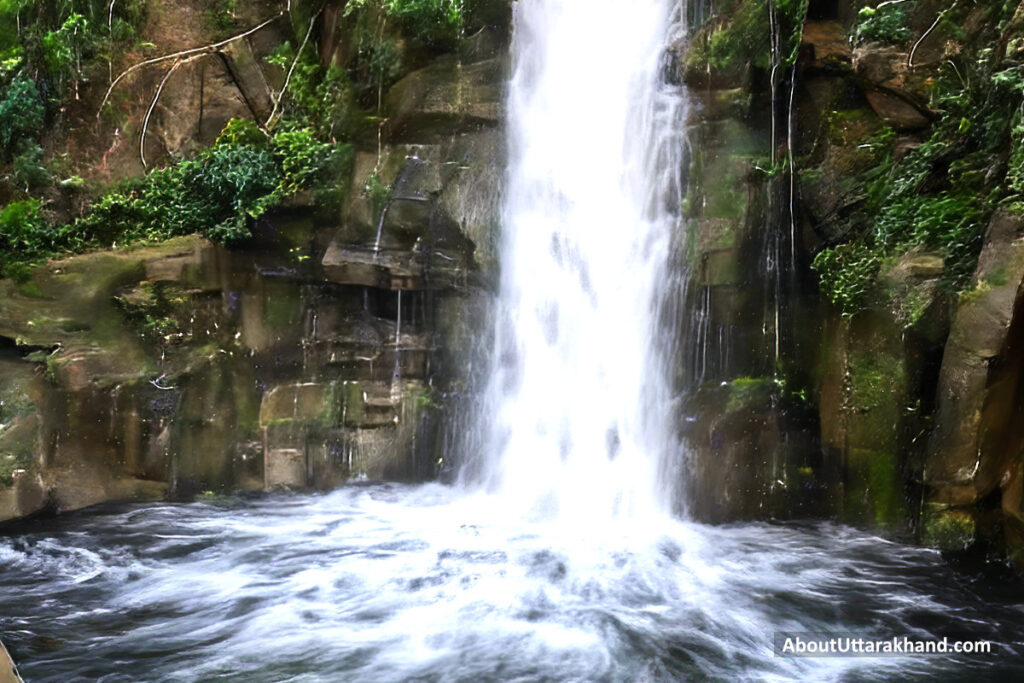

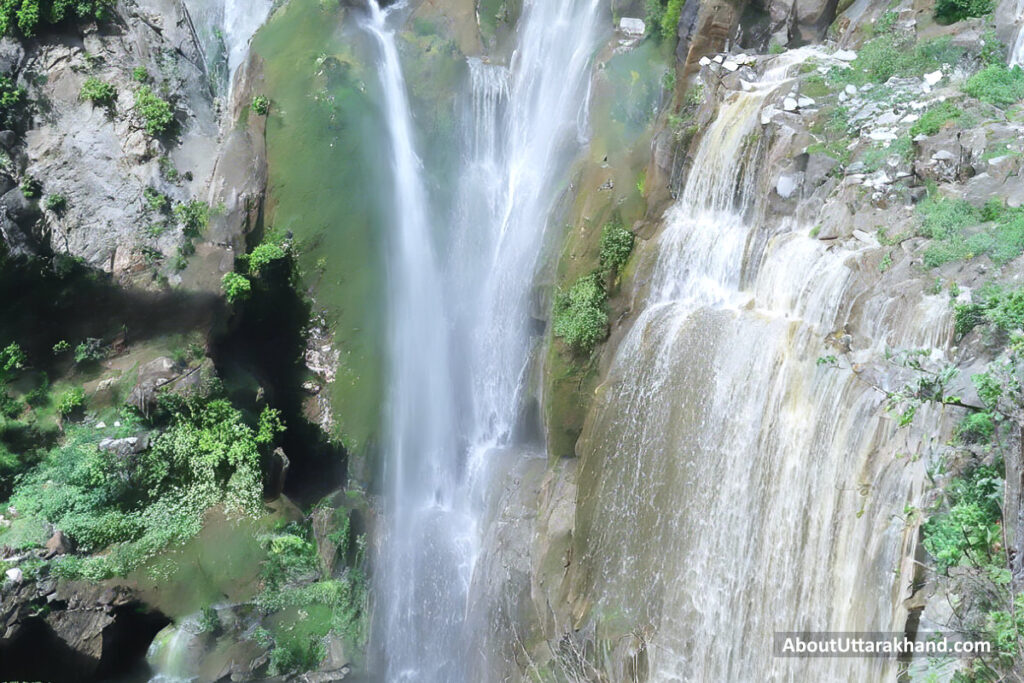
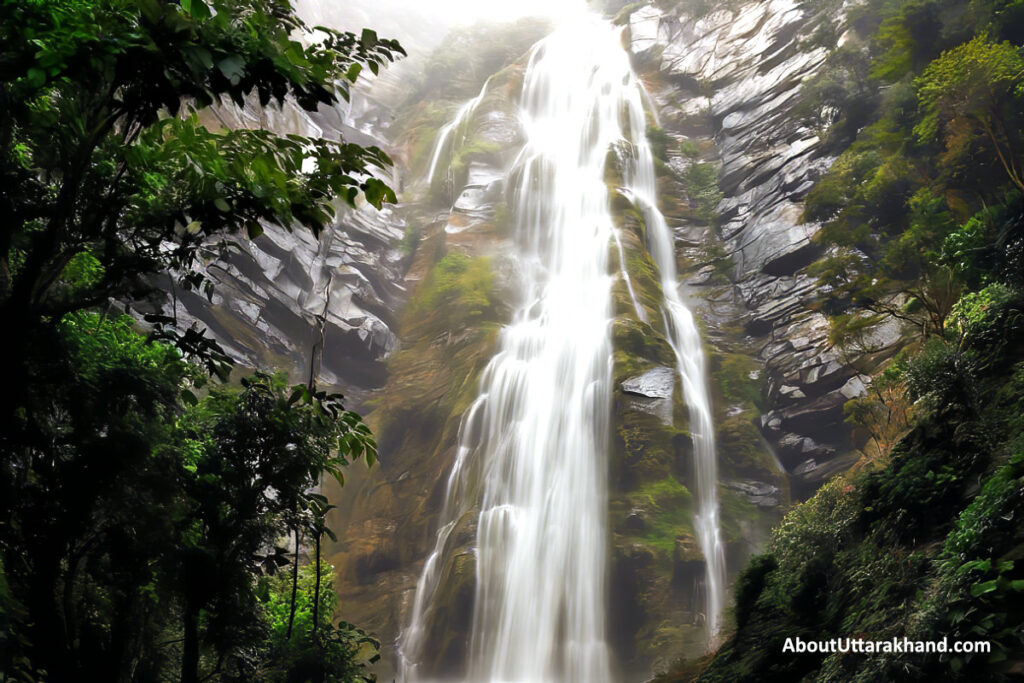


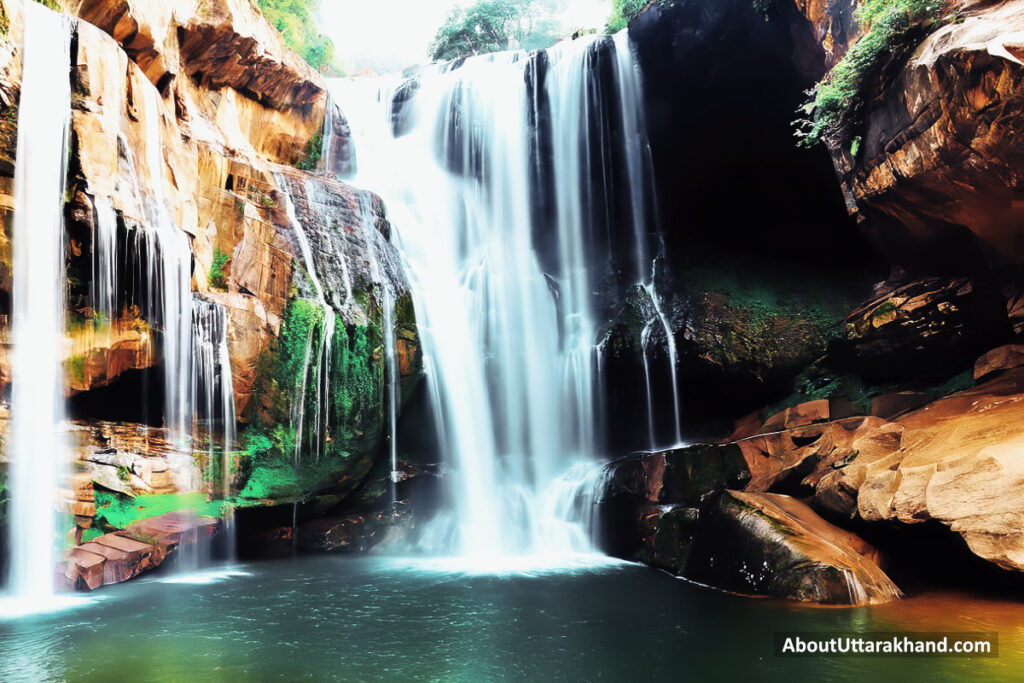
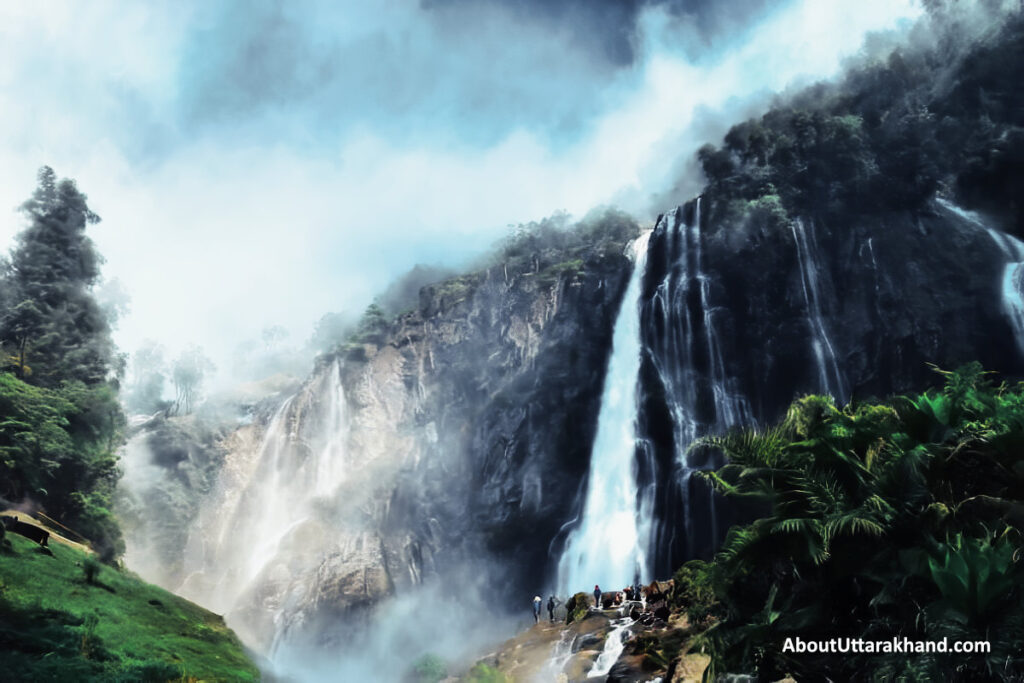
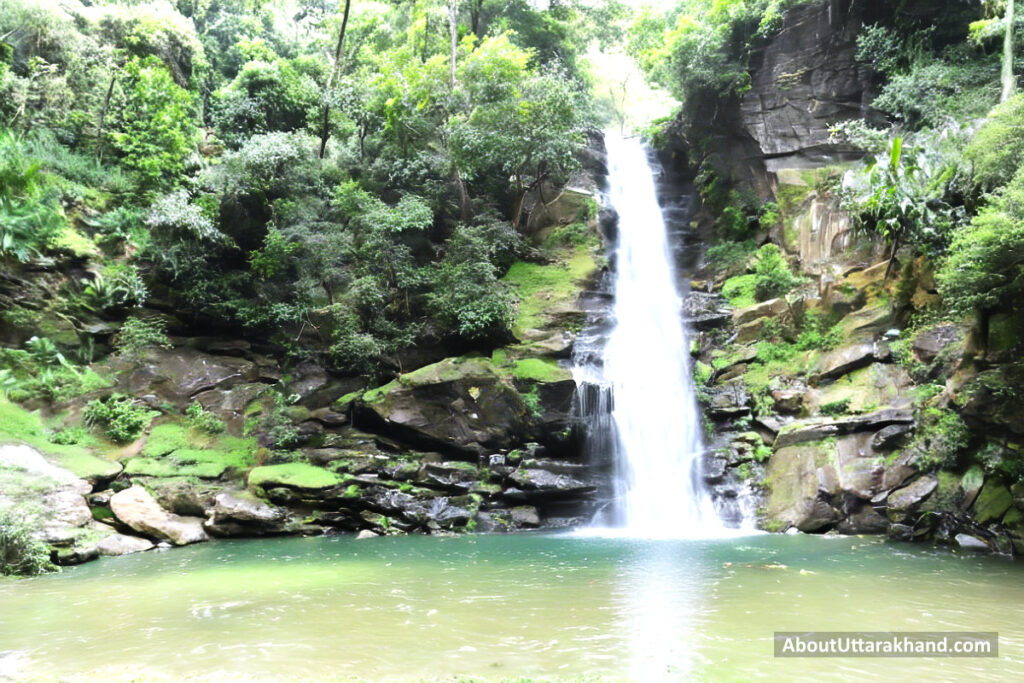
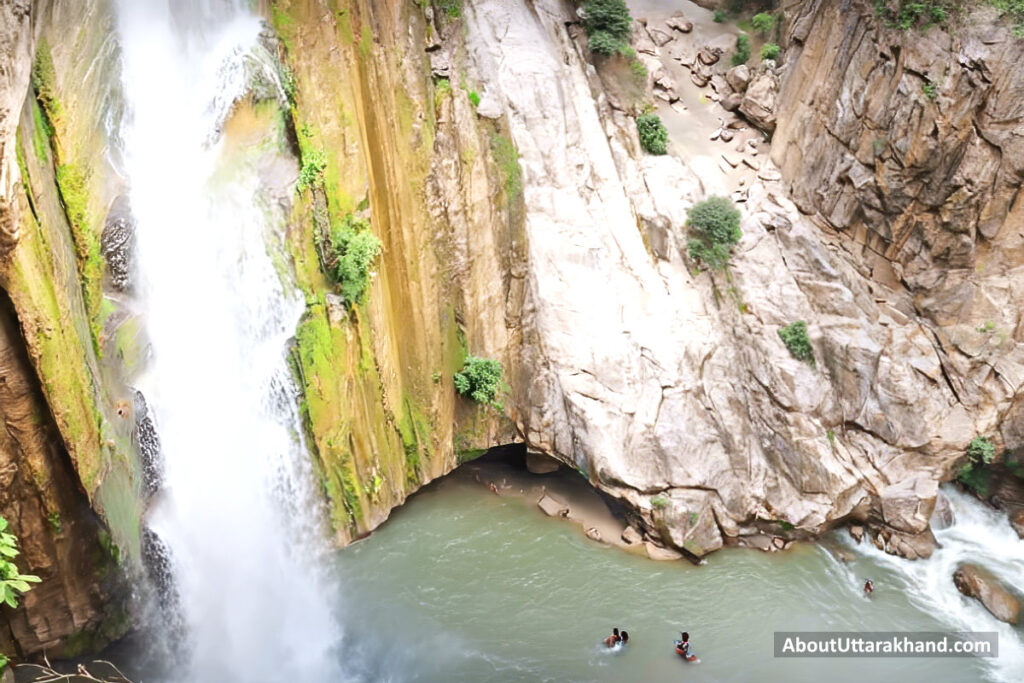
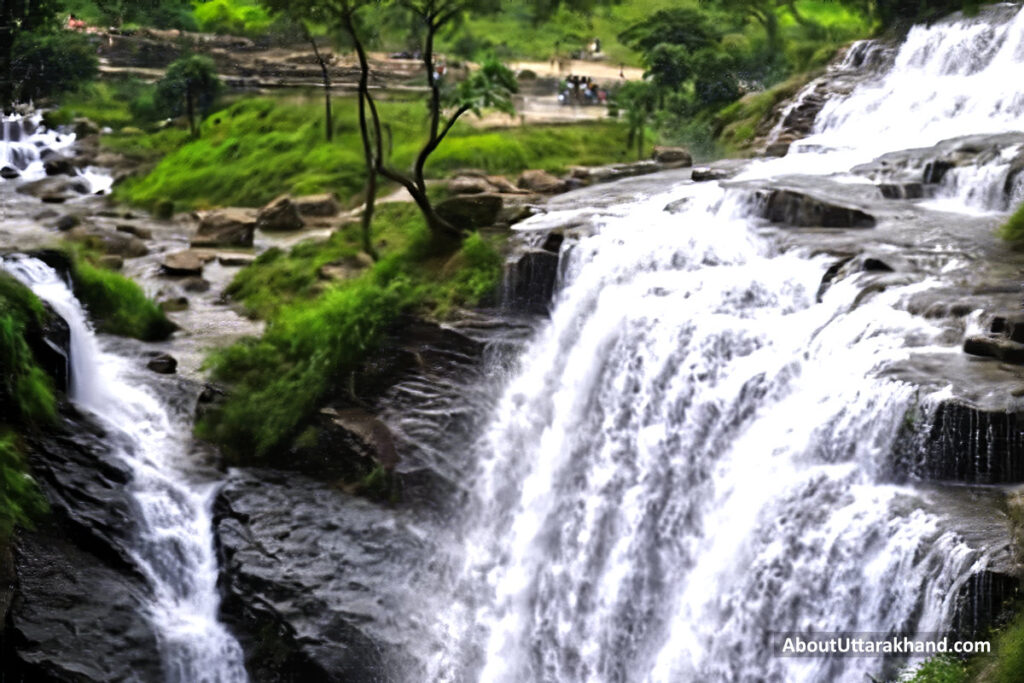
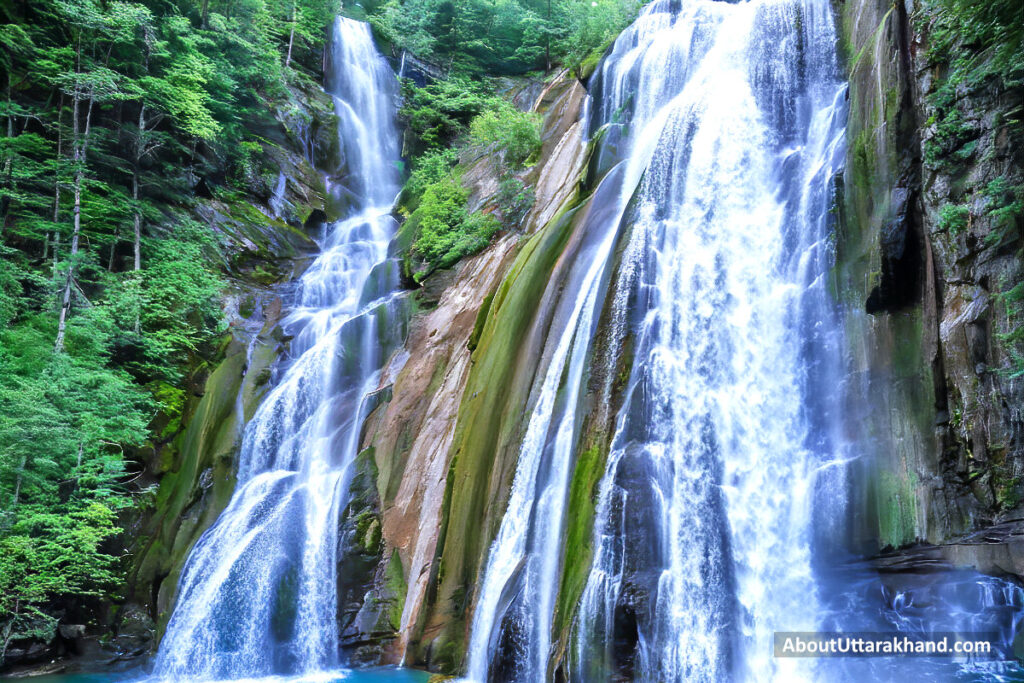
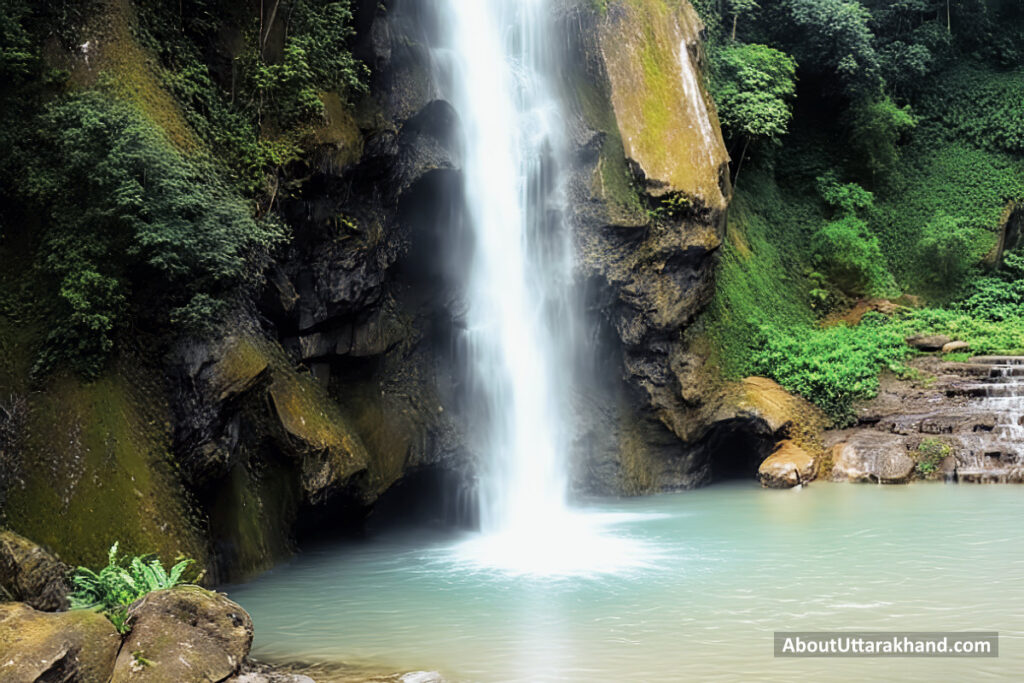
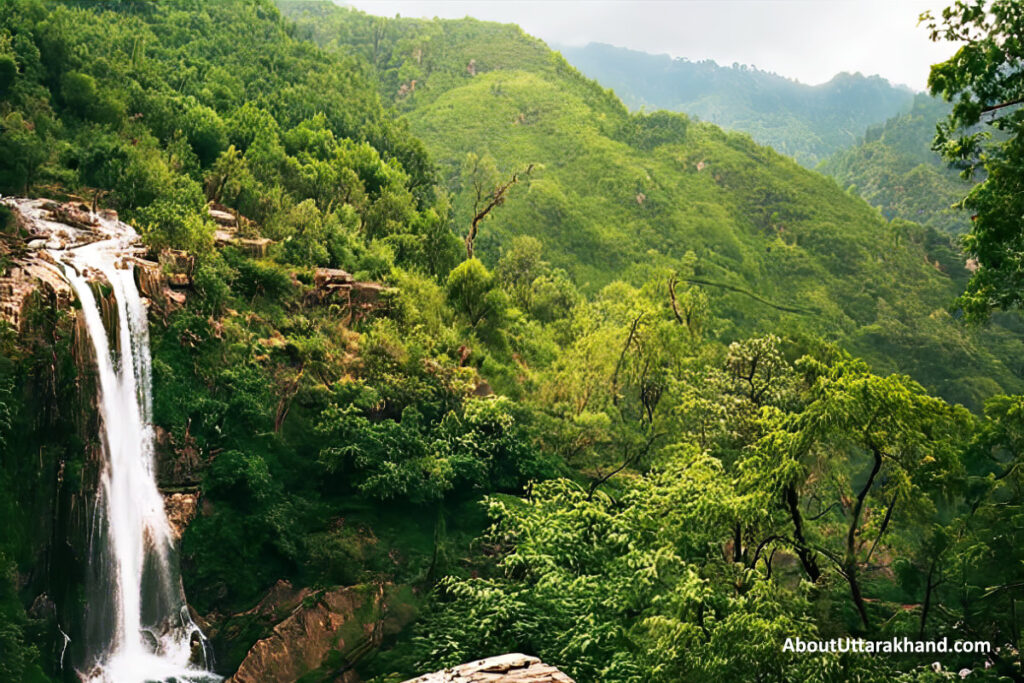
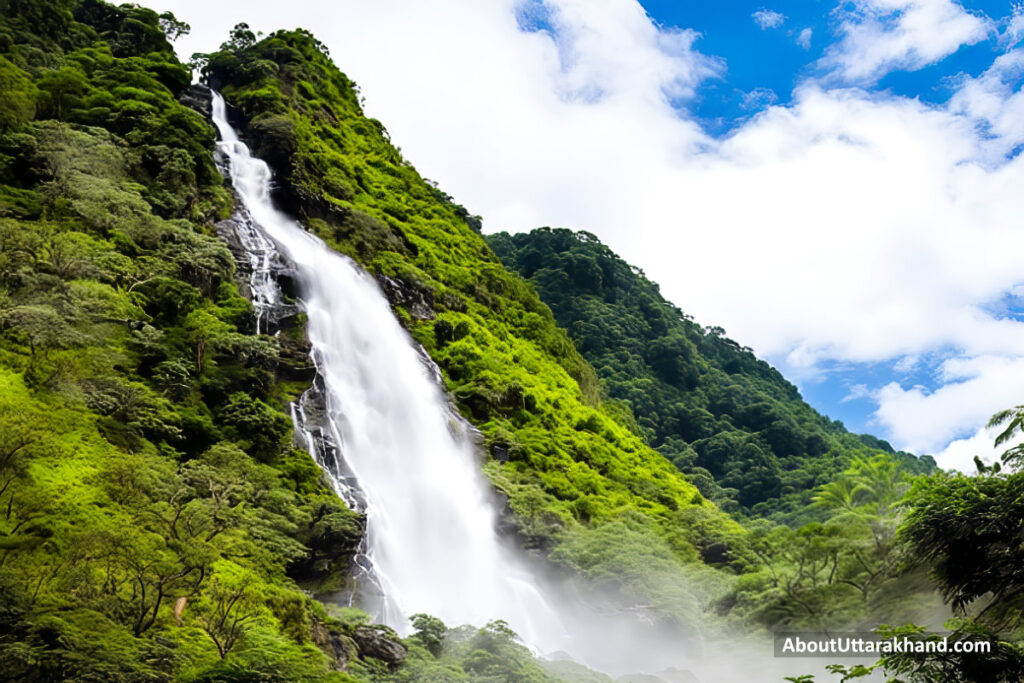

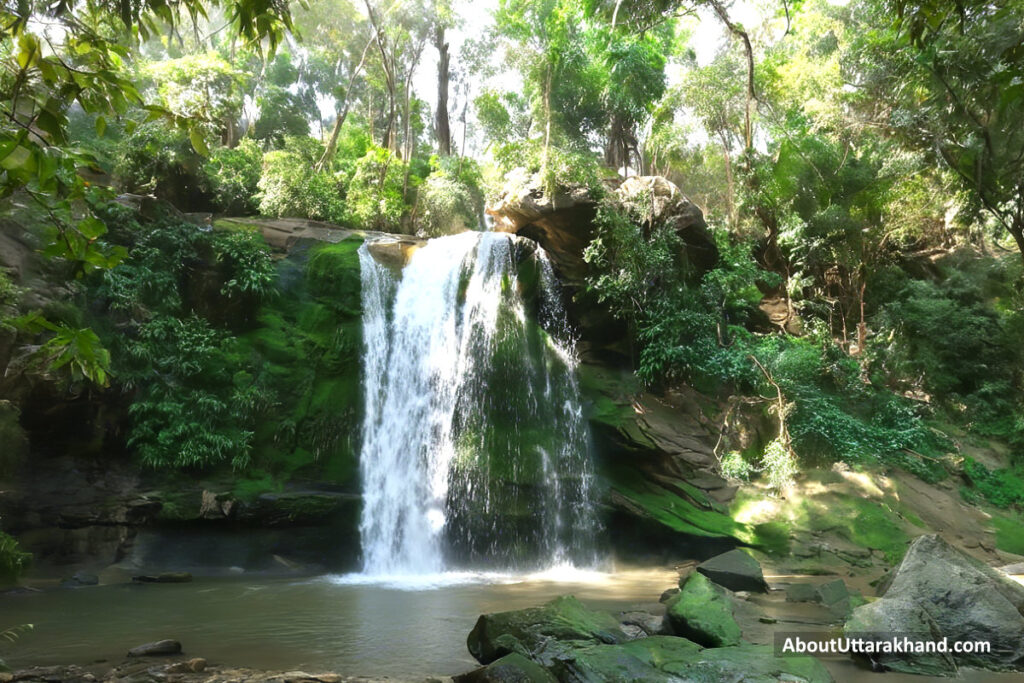



Belle Fable, keeps your trend ahead!
Gaumukh Glacier
The stunning Gaumukh Glacier, in the Uttarkashi region of Uttarakhand, India, is situated close to Gangotri and framed by the towering Garhwal Himalayas. Glaciers like this one attract tourists, hikers, and nature lovers from all over the globe because of the deep religious significance they have for Hindus as the headwaters of the holy Ganges River. The ascent to Gaumukh is an adventure in body and spirit, providing an opportunity to commune with the holy and the natural world.
Nandhaur Wildlife Sanctuary
The Nandhaur Wildlife Sanctuary is a haven for wildlife and stunning scenery, set in the tranquil hills of Uttarakhand. This sanctuary, in the Nainital District close to Haldwani, is a paradise for people who appreciate nature and animals. Its varied habitats, which include grasslands, ponds, and thick forests, have earned it recognition across its 269 square kilometers of territory.
Sonanadi Wildlife Sanctuary
The Sonanadi Wildlife Sanctuary invites animal lovers and nature lovers to come and enjoy the quiet beauty of Uttarakhand's serene surroundings. Hidden in the Nainital District, not far from Nainital, lies a refuge that begs to be discovered. Its varied wildlife and flora make this area, which covers around 301.18 square kilometers, a popular destination for ecotourists and those interested in biodiversity.
Binsar Wildlife Sanctuary
The Binsar Wildlife Sanctuary is a haven for wildlife and a monument to Uttarakhand's rich biodiversity, is situated in the picturesque Kumaon Himalayas. Nature lovers and wildlife aficionados will find this refuge, situated near Almora in the Almora District, to be a paradise. Covering about 47.04 square kilometers, it is famous for its verdant forests, varied fauna, and breathtaking views of the Himalayan mountains in the distance.
Tawaghat Wildlife Sanctuary
The Tawaghat Wildlife Sanctuary is a haven for adventurers and ecotourists, tucked away in the foothills of the towering Himalayas. This hidden gem of a sanctuary is located near Dharchula in Uttarakhand's Pithoragarh District. Despite its relatively tiny size (around 70 square km), this animal sanctuary is just as magical as any other.
Chilla Wildlife Sanctuary
.The Chilla Wildlife Sanctuary, located on the banks of the pure Ganges River, is a living monument to the beauty and variety of Uttarakhand's natural landscape. This sanctuary is a paradise for anyone who love nature and wildlife; it is located in the Pauri Garhwal District, close to Rishikesh. Covering over 249 square kilometers, it is a major wildlife sanctuary in the state that provides a peaceful haven amidst the majestic Himalayas.



